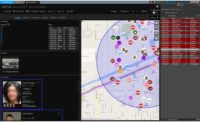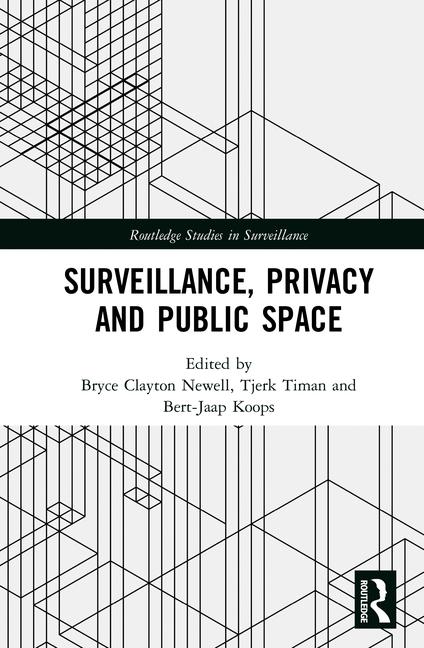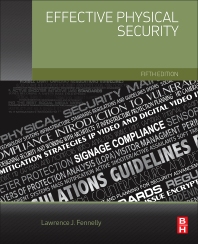Technical experts on ASTM International’s Committee on Homeland Security Applications (E54) are doubling an existing suite of 15 standard test methods for “response robots” that help enhance public safety and protect lives of emergency responders.
These test methods address ground robots ranging in size from small throwable devices to mobile manipulators that weigh up to 1,100 lbs. The new, larger collection of test methods will allow for comprehensive measurement of baseline robot capabilities, reliability of assistive and autonomous behaviors and remote operator proficiency to support training.
These robots help civilian bomb squads, SWAT teams, urban search and rescue teams, military explosive ordinance disposal teams, and others to address dangerous situations from safe “stand-off” distances. The robots help establish situational awareness, search for victims of disasters, disable improvised explosive devices and much more.
The existing suite measures mobility over various terrains and obstacles, visual acuity and radio communications within line-of-sight and beyond line-of-sight. The new standards address essential capabilities such as:
-
dexterity tasks for objects, including inspect, touch, aim, rotate, extract and lift/reach/place in surrounding and elevated locations;
-
maneuvering tasks to center through constricted turns, aligning ground contacts to obstacles, crossing over high-centering hazards and avoiding entanglements, all in forward and reverse directions to assess remote operator proficiency and emerging autonomous capabilities;
-
counter-improvised-explosive-device (C-IED) tasks for packages, personnel and vehicles involving dexterous tool deployment; and
-
situational awareness tasks including pointing/zooming cameras, navigating and searching labyrinths and mazes with complex floorings, mapping environments (with 2D and 3D laser scanners), and identifying hazards.
Visit www.astm.org/COMMIT/SUBCOMMIT/E5408.htm for information.






